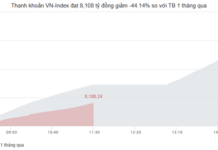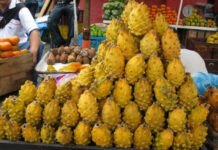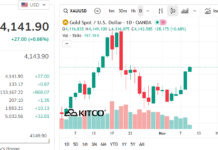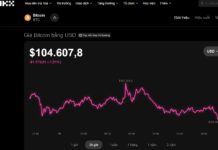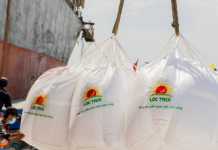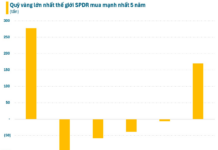According to reports from VTC News journalists at local markets in Ho Chi Minh City on November 11th, vegetable prices have reached record highs in recent months, with some varieties tripling in cost.
At Thi Nghe Market (Thạnh Mỹ Tây Ward, HCMC), water spinach now ranges from VND 30,000 to 35,000 per kg, nearly doubling from the previous week. Sweet mustard greens and spoon cabbage fluctuate between VND 40,000 and 50,000 per kg, a VND 20,000 increase. Prices for vegetables like basella, amaranth, and others have risen by VND 10,000 to 15,000 per kg since early November.
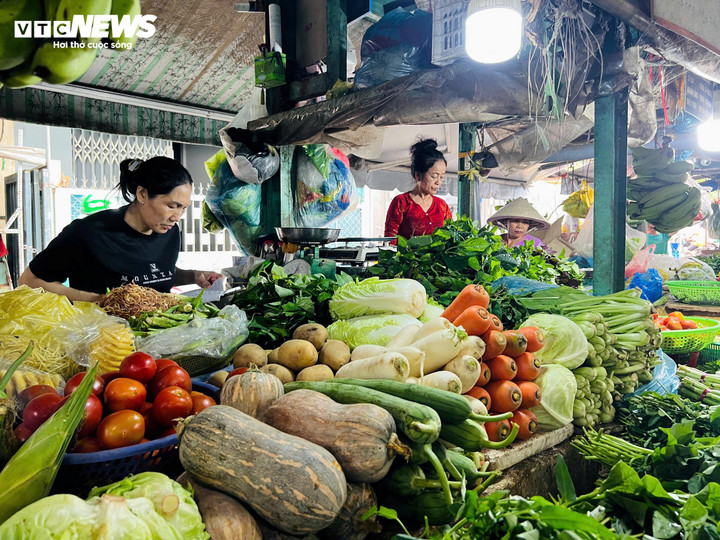
Vendors report that current vegetable prices are even higher than during Tet, with green mustard, scallions, and herbs doubling or tripling in cost compared to normal.
Many vendors claim they’ve never seen such a rapid surge in vegetable prices. Ms. Mai Thi Kieu, a vendor at Do Dac Market (Binh Trung Ward, HCMC), stated, “Previously, water spinach sold for VND 15,000–16,000 per kg, but it’s now over VND 30,000 and may continue to rise.”
Vendors attribute the price hike to reduced supply from farms in District 8 and Hoc Mon. Recent high tides have flooded fields, preventing harvesting and causing shortages.
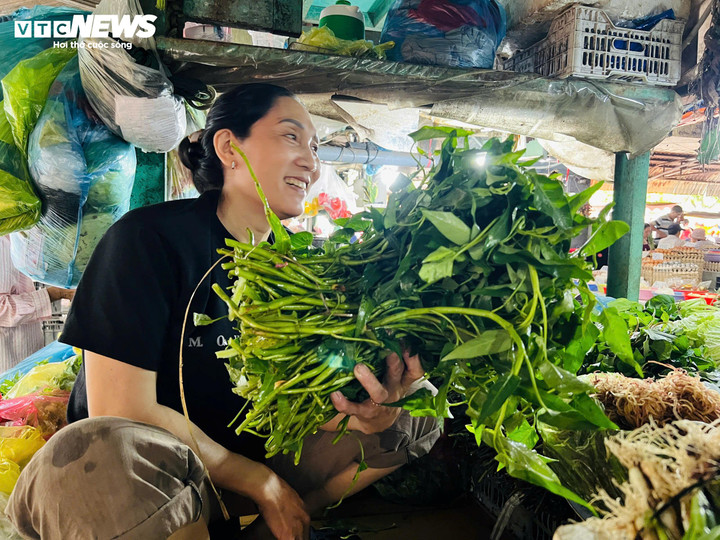
A bundle of water spinach now costs VND 35,000, up from VND 15,000 just over a week ago.
Sweet mustard greens are priced at VND 50,000–55,000 per kg but remain out of stock. Amaranth prices have doubled to VND 40,000 per kg at some HCMC markets.
Other produce like tomatoes and cucumbers have also surged, with tomatoes reaching VND 45,000–50,000 per kg. Herbs such as scallions, cilantro, and dill have more than doubled, hitting VND 60,000–70,000 per kg. Scarce vegetables are sold in smaller bundles.
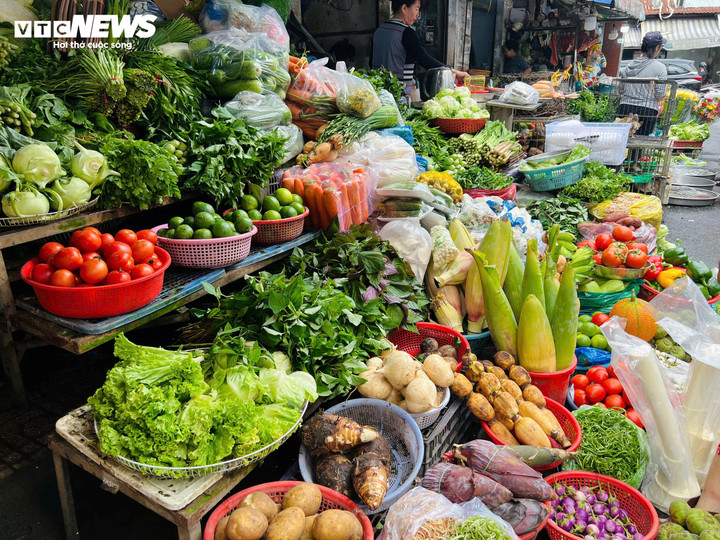
Nearly all vegetables have seen significant price increases.
Vendors note that wholesale prices from Lam Dong, Tay Ninh, and Tien Giang have risen sharply, forcing retail prices upward.
“Vegetable prices are higher than during Tet. Varieties like green mustard, scallions, and herbs have more than doubled since last month. On days with limited supply, we divide bundles into smaller portions for customers,” shared Ms. Nga, a vendor at Do Dac Market.
Prices have also risen 10–20% at supermarkets and convenience stores. A major food distributor in HCMC reports a 30–40% drop in vegetable supply due to prolonged rains flooding farms in Da Lat, Lam Dong, Long An, and Tien Giang.
“With supply down, retail prices must adjust despite stabilization efforts,” a representative explained.
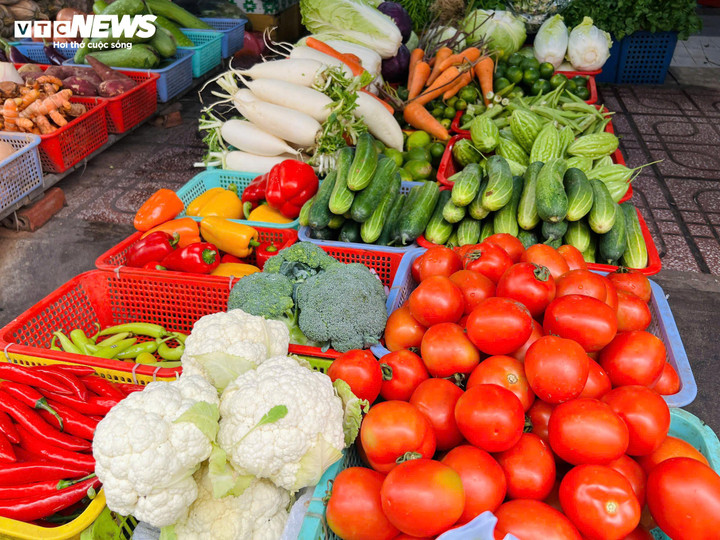
Higher prices have led to reduced purchasing power.
Mr. Nguyen Binh Phuong, Deputy Director of Thu Duc Wholesale Agricultural Market, confirmed that incoming vegetable prices have surged. Squash, tomatoes, spinach, sweet mustard, napa cabbage, and green mustard have risen by VND 2,000–5,000 per kg. Bitter melon, sweet potato, and lettuce have increased by VND 5,000–10,000 per kg.
Prolonged adverse weather is the primary cause. Heavy rains since early November in Lam Dong, Dak Lak, Gia Lai, and central provinces have damaged thousands of hectares of crops, sharply reducing yields. High tides have also flooded farms in HCMC and the Mekong Delta, disrupting harvesting and supply.
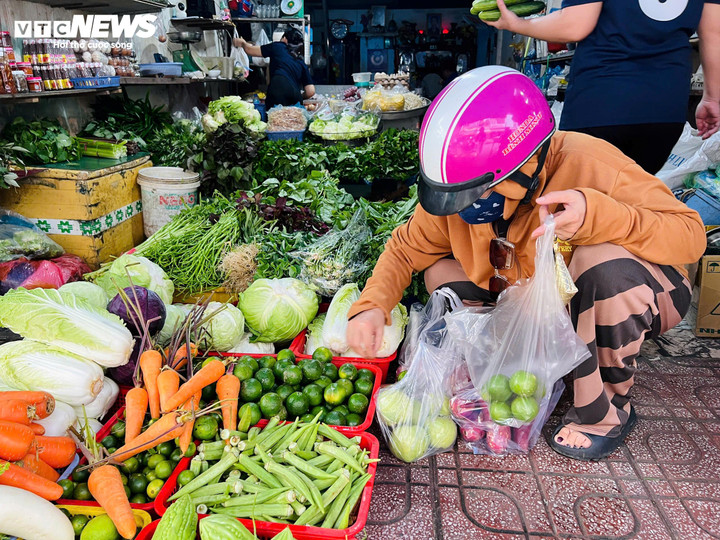
HCMC residents are shocked by the sudden price hikes, with some vegetables doubling in cost within a week.
The price surge has strained household budgets. Many shoppers report that VND 100,000 now buys only a few vegetables, compared to two to three days’ worth previously.
Ms. Minh Thu (Sai Gon Ward) noted, “Water spinach prices have doubled in a week, and herbs like scallions and basil have soared. My daily food costs have risen significantly. I used to spend VND 50,000 on vegetables for three meals, but now I need nearly VND 100,000 and it’s still not enough.”
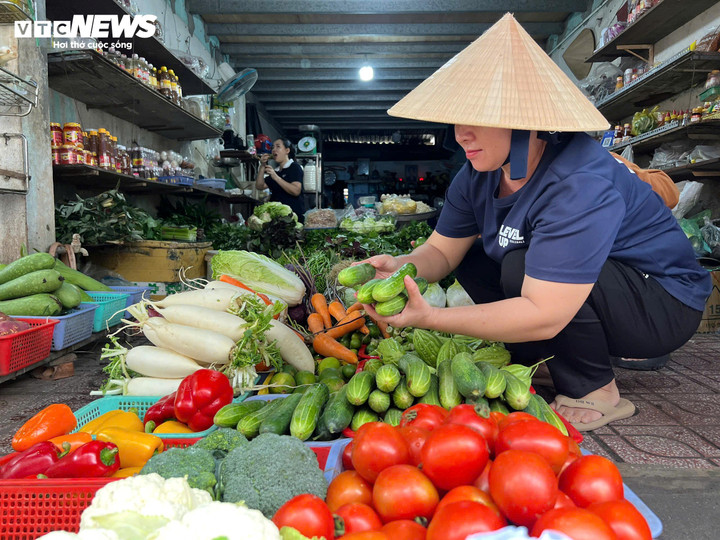
Consumers lament rising living costs as vegetable and food prices climb.
Many eateries and budget restaurants are reducing vegetable portions to offset higher costs. Some owners warn they may raise prices or adjust menus if prices don’t fall soon.
Experts predict prices will remain high in the coming days as supply from key growing regions recovers slowly. Farmers in Lam Dong estimate it will take 15–25 days after replanting to harvest new crops. If weather improves, the market may stabilize by late November.
New Proposal Directly Affecting Millions of Vehicles to Take Effect Next Year
The implementation of Level 4 standards for vehicles manufactured between 2017 and 2021 in Hanoi and Ho Chi Minh City is a notable concern, as nearly 16% of these vehicles fail to meet the required criteria.
Cracking Down on Unauthorized Construction: Ho Chi Minh City Implements New Regulations
The People’s Committees of communes, wards, and special zones in Ho Chi Minh City are responsible for monitoring, inspecting, detecting, preventing, and handling construction works without permits. This includes projects exempt from construction permits before July 1, 2025, but have not started construction, are under construction, or have suspended construction.
Ho Chi Minh City’s Vision as an International Port Metropolis: A New Catalyst for Economic Growth and Real Estate Development
Ho Chi Minh City is embarking on a transformative phase, poised to become an international port city by expanding its development footprint towards the Southeast and directly integrating with the Cai Mep – Thi Vai port cluster. This strategic shift not only reshapes the urban economic model but also unlocks new growth potential for the real estate market.

